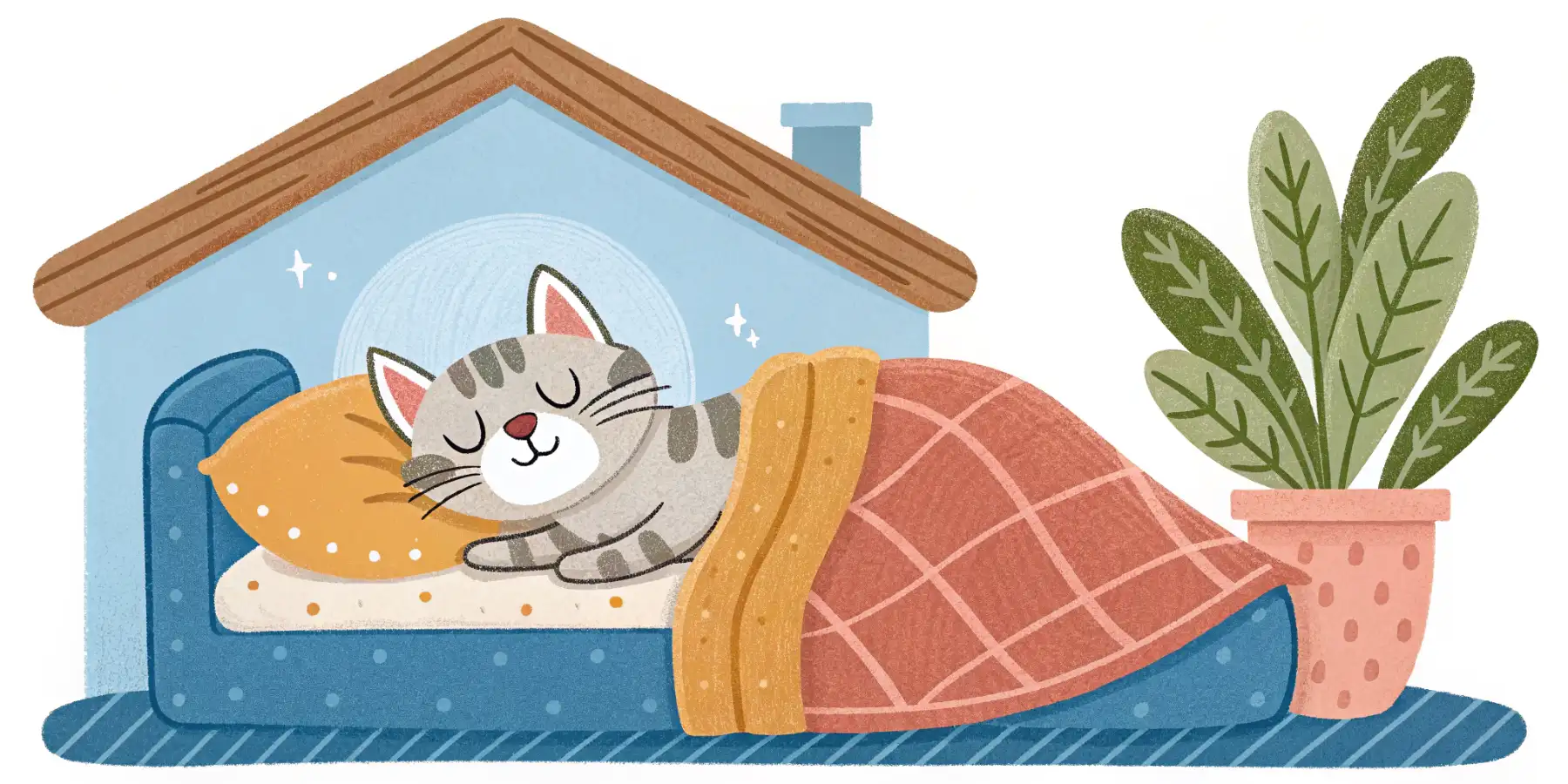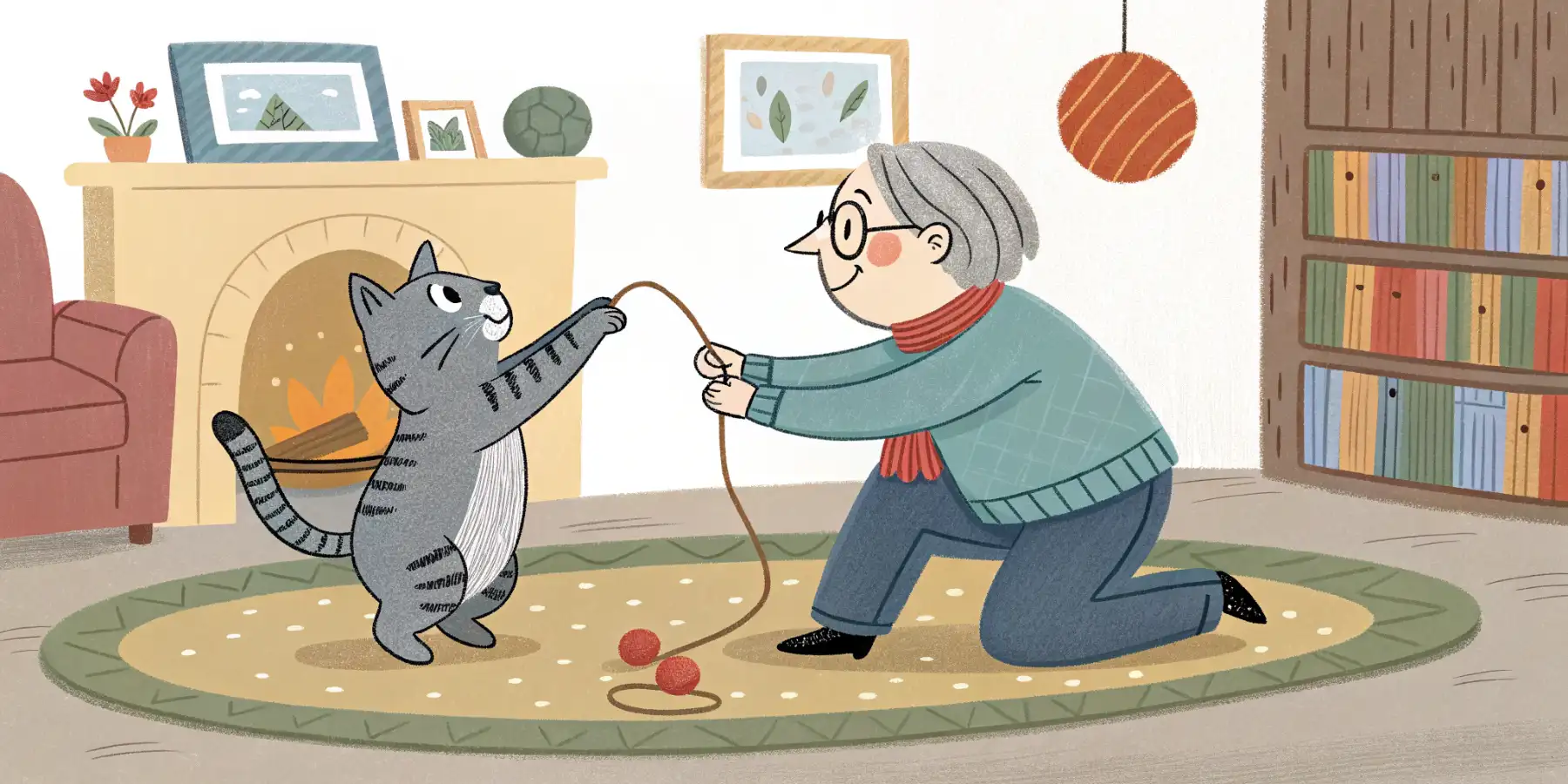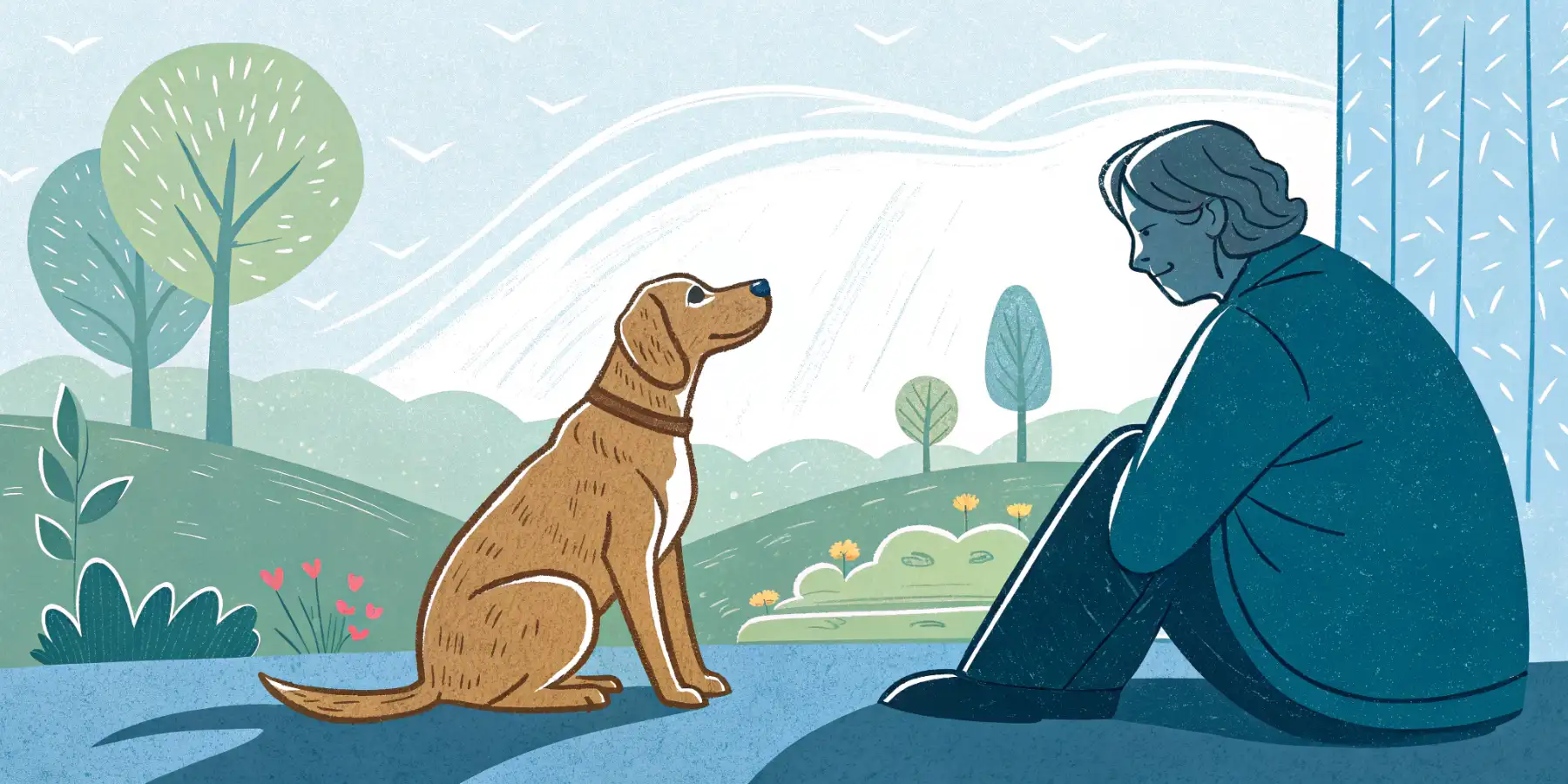
Pet End-of-Life: Compassionate Care Choices
Facing pet end-of-life decisions? ❤️ Learn about compassionate care & making the best choices for your furry friend. Read our guide!
End-of-Life Care: Making Difficult Decisions with Compassion
Saying goodbye to a beloved pet is arguably the hardest part of pet ownership. The bond we share with our furry, feathered, or scaled companions is deep and profound. When their golden years arrive, or when illness strikes, navigating end-of-life care can feel overwhelming. This guide aims to provide compassionate support and practical advice to help you make informed decisions during this challenging time. We’ll cover everything from recognizing signs of decline to exploring palliative care options and understanding the euthanasia process. Our goal is to equip you with the knowledge and resources to ensure your pet’s final days are filled with comfort, dignity, and love.
Recognizing Signs It Might Be Time
One of the biggest hurdles is determining when your pet’s quality of life is significantly declining. It’s a deeply personal decision, and there’s no single “right” answer. However, there are several key indicators to watch for.
- Loss of Appetite: A decreased interest in food, especially their favorite treats, can be a sign that something is amiss. Consider whether they are experiencing nausea due to medication or the underlying illness.
- Decreased Mobility: Difficulty getting up, reluctance to go for walks, or struggling with stairs are all signs of pain or weakness. This is especially true for older dogs with osteoarthritis.
- Changes in Behavior: Increased irritability, withdrawal from social interaction, or confusion can indicate cognitive decline or pain. I’ve seen many senior cats become less tolerant of petting or handling.
- Incontinence: Loss of bladder or bowel control can be distressing for both you and your pet. This can be caused by a variety of factors, including age-related changes and underlying medical conditions.
- Persistent Pain: If pain is no longer effectively managed with medication, it’s time to re-evaluate your pet’s quality of life. Pay close attention to subtle signs of discomfort, such as panting, restlessness, or a hunched posture.
Consider keeping a daily journal to track these signs. Note the frequency and severity of each issue. This record will be invaluable when discussing your pet’s condition with your veterinarian. It also helps to provide a clearer picture of how much things are changing from day to day - which can be hard to track otherwise.
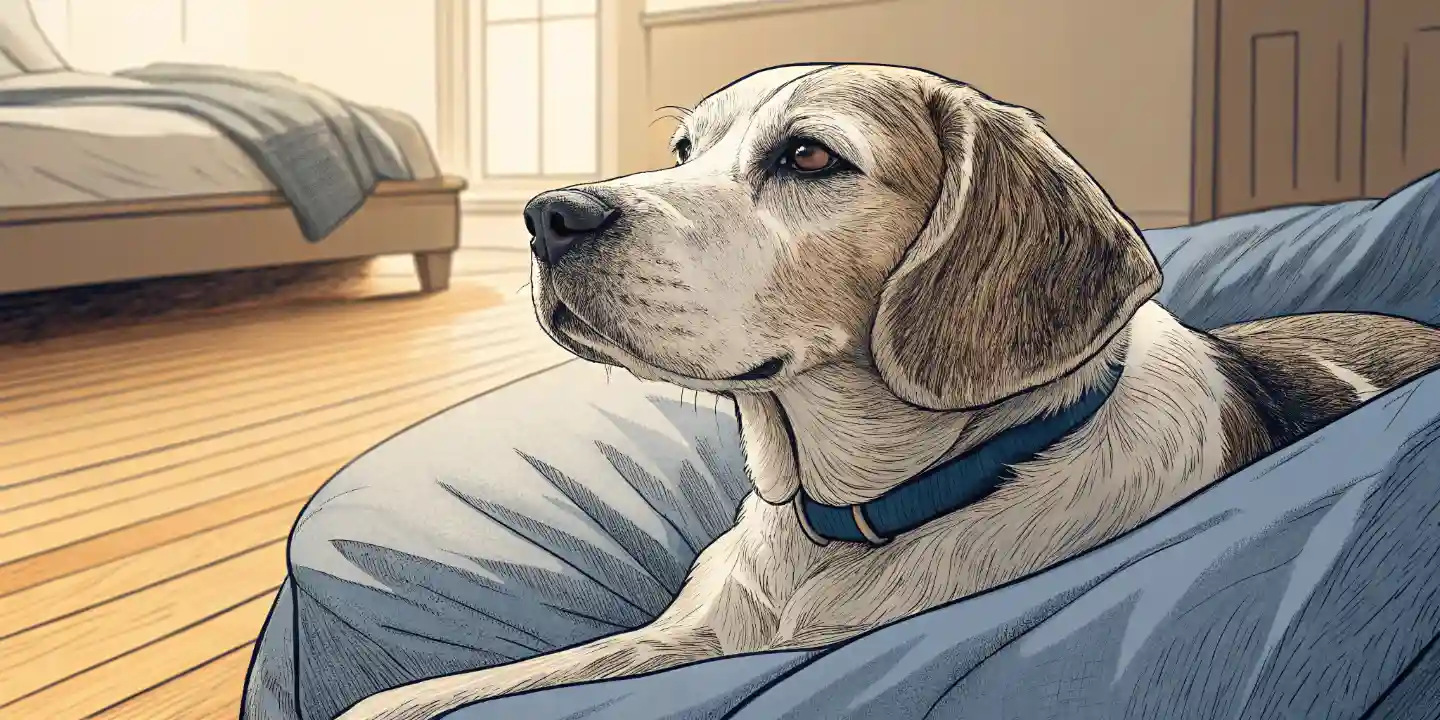 Caption: A senior dog enjoying a quiet moment. Providing comfortable resting places is essential during end-of-life care.
Caption: A senior dog enjoying a quiet moment. Providing comfortable resting places is essential during end-of-life care.
Palliative Care and Hospice Options
Palliative care focuses on providing comfort and alleviating pain without necessarily curing the underlying disease. It’s about enhancing your pet’s quality of life for as long as possible. Hospice care is a specific type of palliative care that is provided to pets with a terminal illness and a limited life expectancy.
- Pain Management: Veterinarians can prescribe various medications to manage pain, including NSAIDs, opioids, and nerve pain medications.
- Nutritional Support: Ensuring your pet is getting adequate nutrition is crucial. This might involve feeding them soft foods, hand-feeding, or using a feeding tube in severe cases.
- Environmental Modifications: Make your home more comfortable for your pet. Provide soft bedding, ramps to help them navigate stairs, and easy access to food and water.
- Alternative Therapies: Acupuncture, massage therapy, and other alternative therapies can help relieve pain and improve comfort. In my experience, acupuncture can be particularly effective for managing arthritis pain in older pets.
- Managing nausea and vomiting: Medications and dietary changes can help with nausea.
Long-tail keyword: palliative care for senior dogs.
The Euthanasia Decision: A Final Act of Love
Making the decision to euthanize your pet is incredibly difficult. It’s important to remember that euthanasia is not “giving up.” It’s a compassionate choice to relieve suffering when all other options have been exhausted.
- Consult with Your Veterinarian: Discuss your pet’s condition, prognosis, and quality of life with your veterinarian. They can provide valuable guidance and support.
- Consider Your Pet’s Perspective: Ask yourself, “Is my pet still enjoying life? Are they able to engage in their favorite activities? Are they in pain that cannot be adequately controlled?”
- Quality of Life Scales: There are quality of life scales available online that can help you objectively assess your pet’s well-being. These scales typically evaluate factors such as pain, appetite, hydration, hygiene, happiness, and mobility.
I believe that the most important thing is to prioritize your pet’s comfort and well-being. Don’t let guilt or fear prevent you from making the most compassionate decision.
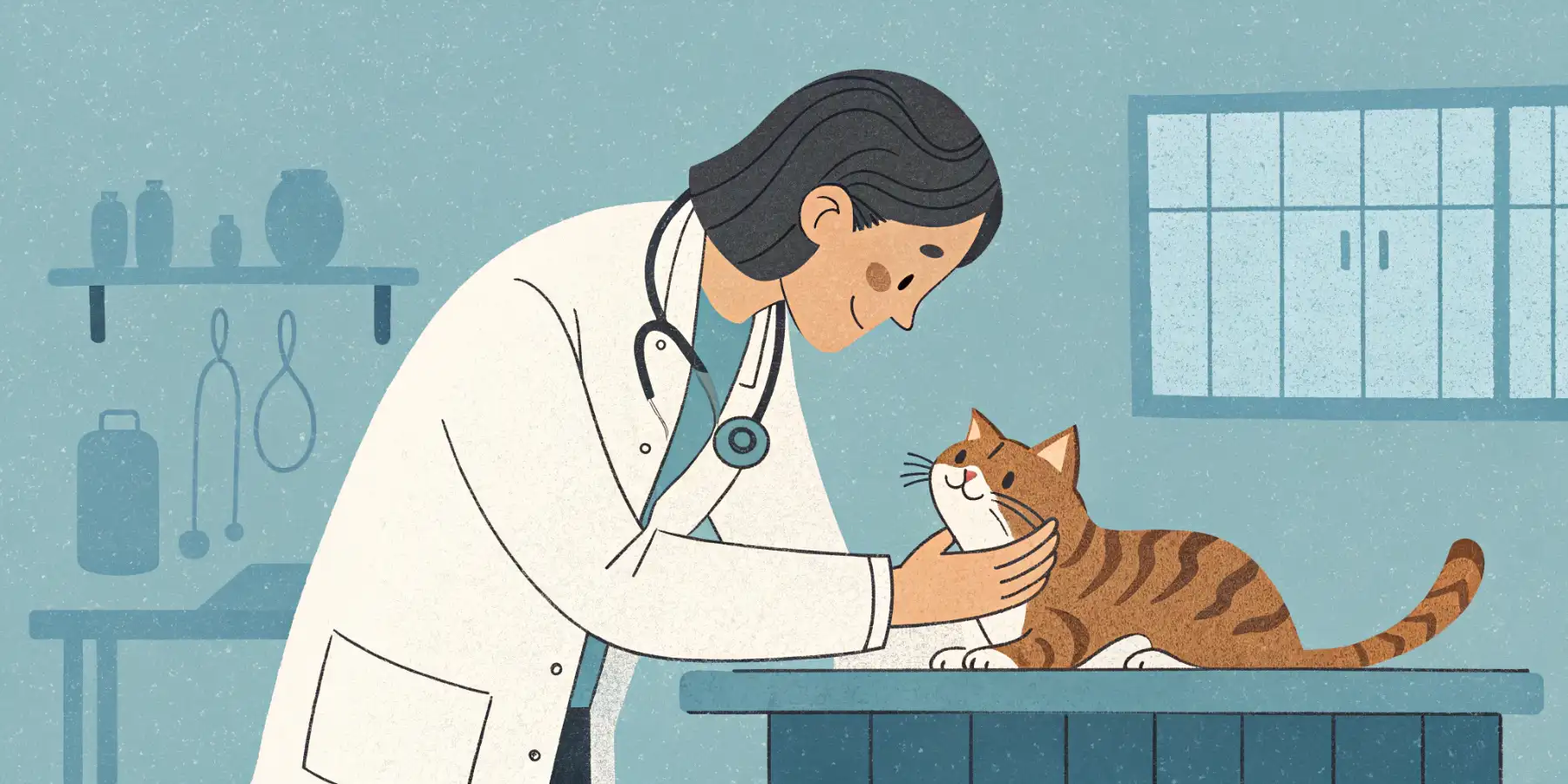 Caption: A vet providing compassionate care. Open communication with your vet is essential when considering euthanasia.
Caption: A vet providing compassionate care. Open communication with your vet is essential when considering euthanasia.
What to Expect During Euthanasia
Understanding the euthanasia process can help alleviate some of the anxiety and fear associated with it.
- The Procedure: Euthanasia typically involves the administration of an intravenous injection of a concentrated anesthetic drug. This drug quickly induces unconsciousness, followed by cessation of breathing and heart function.
- Your Presence: You have the right to be present with your pet during the procedure. Many pet owners find comfort in holding their pet and providing reassurance during their final moments. I highly recommend being there if you can. Your presence can provide immense comfort to your pet.
- Aftercare Options: You can choose to take your pet home for burial, have them cremated, or allow the veterinary clinic to handle the arrangements. Many pet owners choose cremation and keep their pet’s ashes as a memorial.
Long-tail keyword: home euthanasia for pets.
Coping with Grief
Grieving the loss of a pet is a natural and normal process. Allow yourself time to grieve and don’t be afraid to seek support from friends, family, or a pet loss support group. Remember the happy times you shared with your pet and cherish the memories.
- Acknowledge Your Feelings: Don’t suppress your emotions. Allow yourself to feel sad, angry, or whatever emotions arise.
- Create a Memorial: Create a memorial for your pet, such as a photo album, a scrapbook, or a memory box.
- Seek Support: Talk to friends, family, or a pet loss support group. Sharing your feelings can help you cope with grief.
- Remember the Good Times: Focus on the happy memories you shared with your pet. This can help you find comfort and peace.
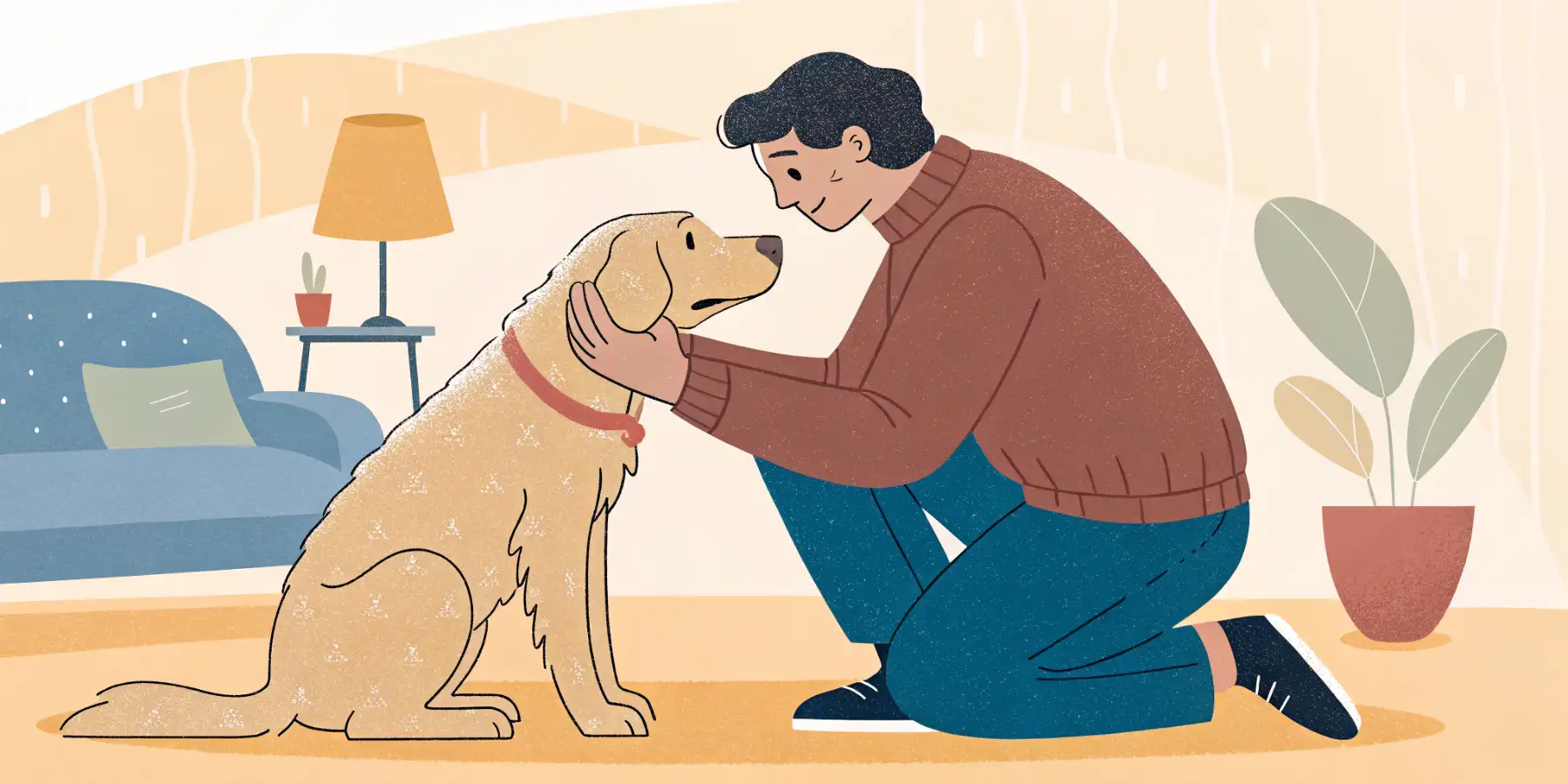 Caption: A pet owner sharing a loving moment with their dog. Cherish these moments and allow yourself to grieve.
Caption: A pet owner sharing a loving moment with their dog. Cherish these moments and allow yourself to grieve.
Finding Comfort and Moving Forward
Losing a pet is a profoundly painful experience. It takes time to heal. Be patient with yourself and allow yourself the space to grieve.
- When to Consider a New Pet: There’s no right or wrong time to get a new pet. Some people find comfort in getting a new pet relatively soon after the loss of their previous pet, while others need more time. In my opinion, it’s important to be emotionally ready before bringing a new pet into your home.
- Honoring Your Pet’s Memory: Keep your pet’s memory alive by sharing stories, looking at photos, or volunteering at an animal shelter.
Remember that you are not alone. Many resources are available to help you navigate the challenges of end-of-life care and cope with grief. Your love and compassion for your pet will always be remembered.
Contacting pet loss grief support groups.
On deciding when to euthanize a dog.
 Caption: The Rainbow Bridge, a symbol of hope and remembrance for beloved pets who have passed.
Caption: The Rainbow Bridge, a symbol of hope and remembrance for beloved pets who have passed.
